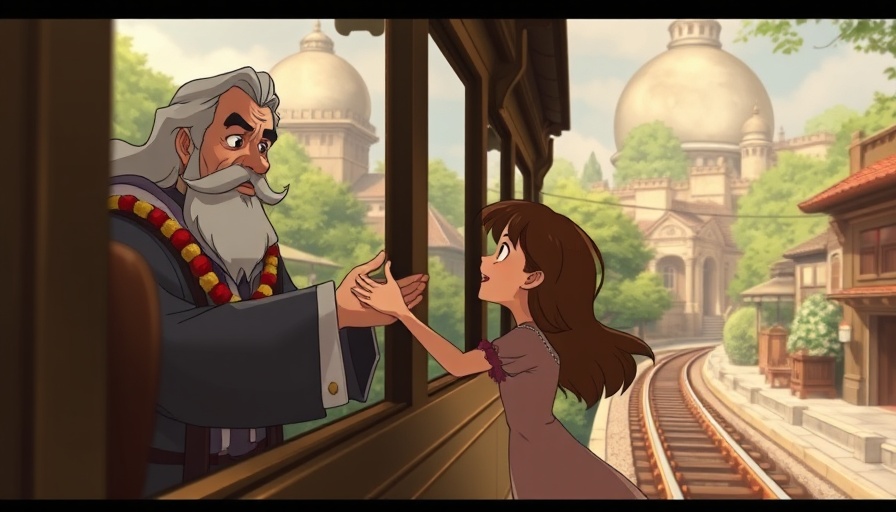
The Ghibli Effect: A Modern Viral Sensation
In recent months, social media users have noticed a delightful phenomenon on their feeds: an influx of images styled after the beloved world of Studio Ghibli. This magical twist stems from the remarkable capabilities of ChatGPT's latest image generation tool, part of the upgraded GPT-4o model. Essentially, the Ghibli effect allows users to breathe life into their ordinary photos, transforming them into enchanting, watercolor-like renditions reminiscent of animated classics such as Spirited Away and My Neighbor Totoro.
A User-Friendly Transformation
What distinguishes this trend is its accessibility. With just a few clicks, users can upload an image and command the AI to produce a Ghibli-style version of it. The results have been nothing short of breathtaking, leading to a collective sharing spree. Prominent figures, including OpenAI's CEO Sam Altman, have jumped on the bandwagon, proudly flaunting their AI-generated images on platforms like X (formerly Twitter). But this isn’t just a fleeting social media gimmick; it reflects a deeper appreciation for the Ghibli aesthetic and its emotional resonance.
The Roots of Studio Ghibli
Founded in 1985 by legendary directors Hayao Miyazaki and Isao Takahata, Studio Ghibli is renowned for its poignantly crafted narratives and visually arresting animation. The studio's films often convey themes of environmentalism, friendship, and resilience, articulated through distinctive charm and fantasy. With the Ghibli effect, fans are discovering not only the beauty of these narratives but also the opportunity to connect with them personally, infusing their lives with the same magic that attracted them to Ghibli in the first place.
The Societal Impact of AI Trends
Social media trends have multiplying effects; once an idea takes flight, there’s often no limit to its expansion. The Ghibli effect exemplifies how technology and art can intersect to create novel forms of expression. Pets, profile pictures, and even memes are becoming Ghibli-fied, instilling a much-needed dose of whimsical imagination into our daily online interactions. It is a phenomenon wrapped in positivity, fostering connections among users drawn together by their shared appreciation for this unique blend of nostalgia and modern creativity.
Exploring Artistry and AI Together
The burgeoning popularity of the Ghibli effect sparks intriguing questions about the intersection of technology and artistic expression. How does AI-mediated art influence the way we perceive creativity? As more individuals adopt tools like GPT-4o, they engage deeply with their creations, potentially leading to a renaissance in personalized art experiences. Art becomes less about the artist alone and more about collective storytelling where users become co-creators in the imaginative process.
The Future of AI-Assisted Creativity
The fascination surrounding the Ghibli effect indicates a growing trend in AI-assisted creativity. Users are not merely passive consumers of content anymore; they are collaborators in a dialogue of innovation. As AI technology advances, we can expect more exciting tools that will allow even more sophisticated transformations. The Ghibli effect is just the beginning. Future developments may pave the way for entirely new art forms that blend traditional animation styles with cutting-edge digital techniques.
Join the Conversation
As this trend progresses, enthusiasts and artists alike have a unique opportunity to shape how we perceive and create art in a digital age. Engaging with these AI tools not only enriches personal expression but also fosters a community bound by creativity. If you haven’t already, dive into this AI transformation and share your Ghibli-fied images—who knows what magical moments might inspire others! Remember, each image tells a story, and with AI's assistance, your photos can become a narrative of enlightenment and wonder.
 Add Row
Add Row  Add
Add 




 Add Row
Add Row  Add
Add 

Write A Comment